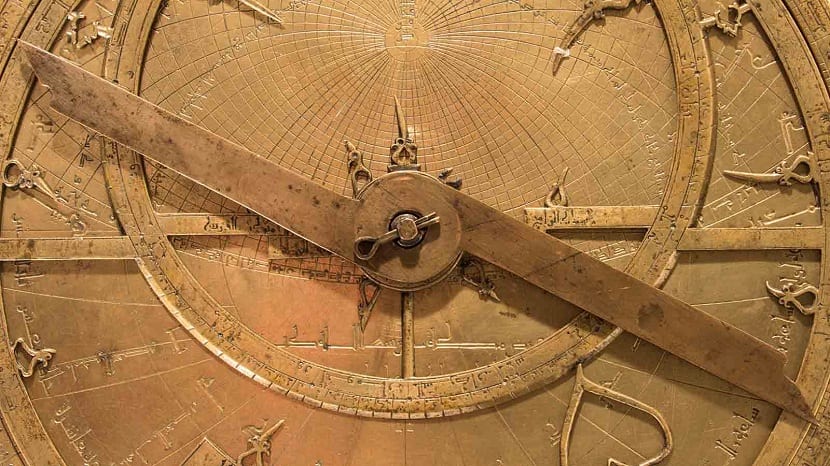
There are many instruments that have been developed throughout history to learn more, to increase observation and research and, ultimately, to improve knowledge on a topic. Thinking back to ancient times, you have to see that before there were not as many facilities to create an instrument as now, so it is quite a feat to create them. For observing the sky and its constellations, an instrument had to be invented to help in the search for them. For this the astrolabe.
In this article we are going to explain what the astrolabe is, how it is used and what types are there.
What is the astrolabe
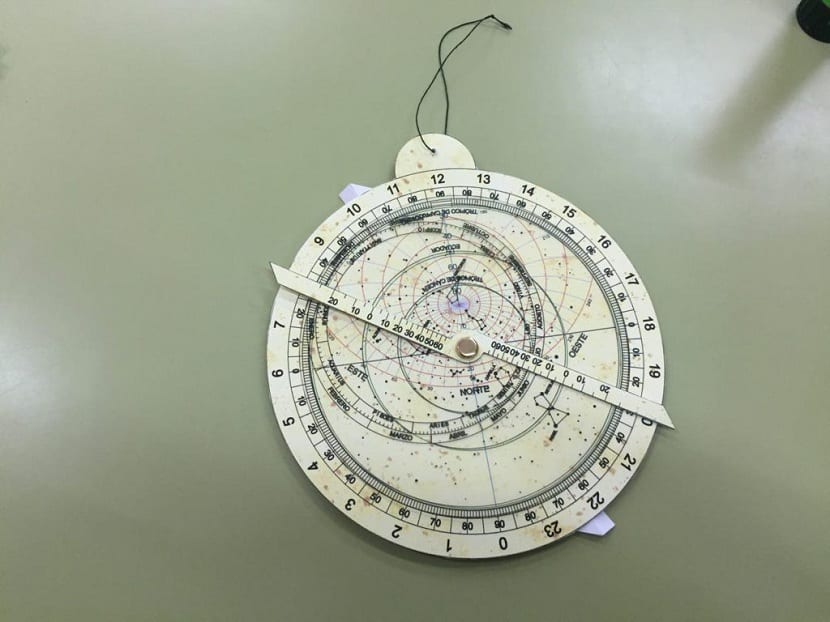
To get an idea of what technology was before and now, we just have to think that probably thousands and thousands of people were living when the astrolabe was invented but they did not even know of its existence. This is because the media before were not as developed as they are today.
The astrolabe is a star finder to increase the search for the constellations in the sky. With the passage of civilizations, there was more and more interest in the knowledge about the constellations and their meanings.
The classic astrolabes are built with brass and they were only 15 to 20 cm in diameter. Although there were quite a few types of astrolabe, some larger and some smaller, they all retained similar characteristics.
The body of the astrolabe has a mater which is a disk with holes in the center. Thanks to a ring you can see the degrees of latitude. In the central part we have the eardrum, engraved with circles that indicate the altitude. They also have the network, which is a cut disk that is used to observe the eardrum under it. At the tips you can see the number of stars represented. Above the spider we have the index that points to the star we are looking at. The alidade is to see how far away the star that has been found is.
Its operation has been really complex for many users. Just to handle it, manuals of hundreds of pages were needed. The goal is only spot the star and know its position. It has also served as a navigational instrument to obtain information about the time and latitude in which the sailors were.
Operation
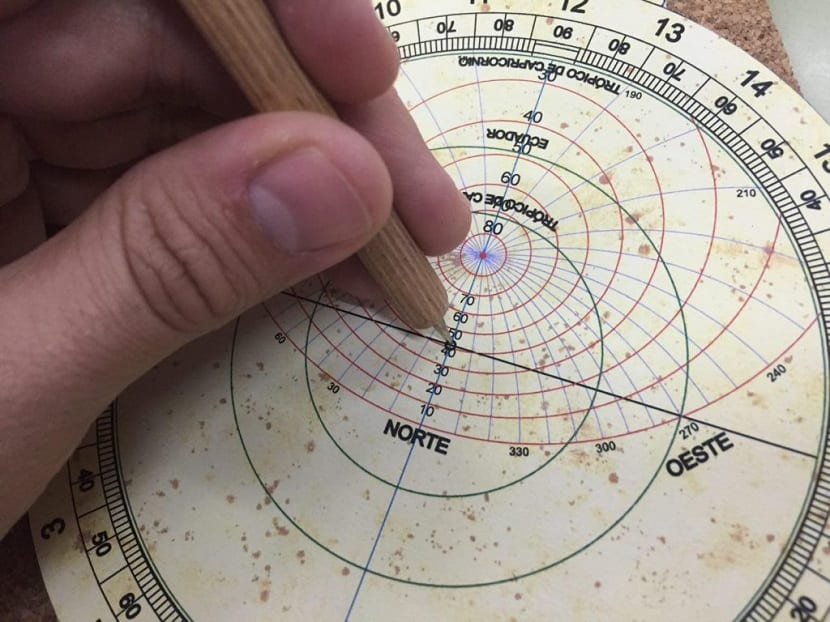
The astrolabe works by being a projection of a celestial sphere that has a graduated circumference. It has a needle that rotates around a crosshair where you fix the star in question. The purpose of the astrolabe is to be able to measure the angular height at which the star is above the objects on the horizon. Normally, to use this instrument we focus on the star through the straw and another person is the one who reads the string number on the scale to which it is graduated. This means that a single person cannot use this type of instrument, since when we remove our head to look at the mark, we will move from where we see the star.
Another function that has this device is to measure latitude. To do this, we have to recognize one of the stars in the sky and its declination. We obtain this decline through some tables. We will need a compass and the astrolabe. To measure latitude we use a mathematical formula that will vary if we are in the northern hemisphere or in the southern hemisphere. If we are in the northern hemisphere we will only have to add the mean height of the star and the declination and we will subtract 90 degrees. If we are in the southern hemisphere, we will only add the mean height of the star and its declination without subtracting anything.
Types of astrolabe
As we have mentioned before, these instruments were created in different types depending on who used it. They were also modified as they adapted to the situations of each moment. His discovery allowed constantly new techniques and materials came out to improve observation and, in turn, other instruments more evolved than the first were created.
We are going to analyze how the main types of astrolabe are alike and how they differ. These had different types of manufacture and materials. However, you will see that all of them have a great influence on the technology we use today and how it facilitated the study of the stars.
Planispheric astrolabe
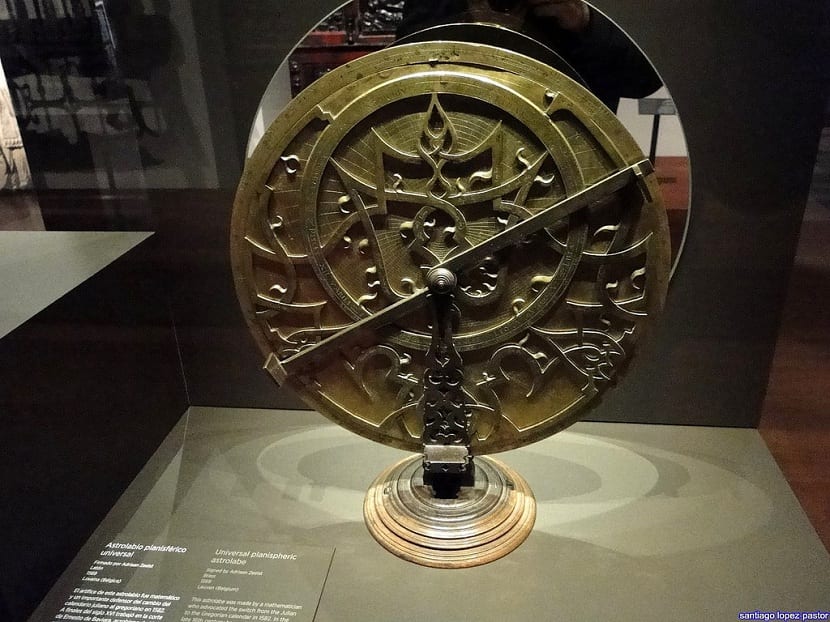
This model was created in order to be able to analyze the stars at a single latitude. That is to say, know all the stars that are in a certain latitude. To use it, the data and the different planes of the instrument were adjusted to be able to find the stars. If you wanted to carry out another type of observation, you had to adjust all the data again and start from scratch.
It was the simplest instrument to use but the one with the most limitations, since you could only know the stars of a single latitude. With the passage of time they released other more sophisticated models that improved the ease of work.
Universal astrolabe
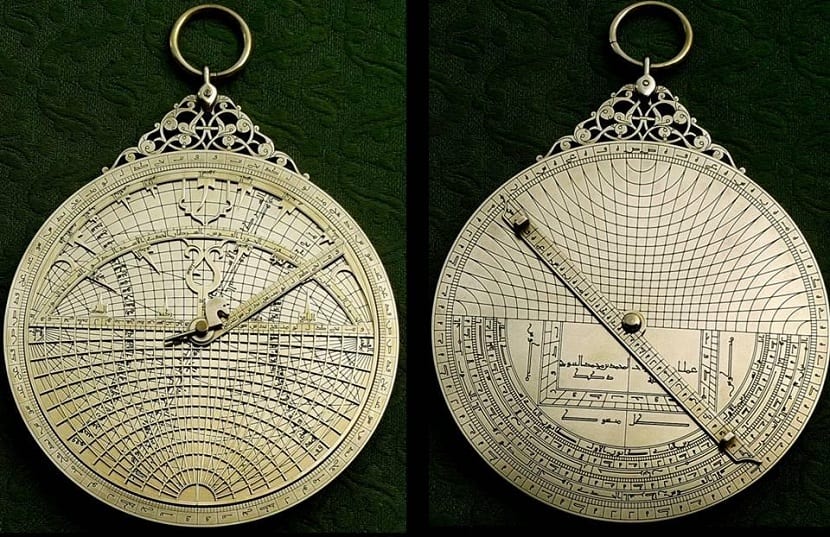
This model evolved with respect to the previous one. It also served to know all the information of all latitudes at the same time. This greatly improved the quality of the observation and of the information obtained through it. It is the most complex device to use and many scientists took too long to learn how to use them. Once its operation is controlled, it can yield great information.
Sailor astrolabe
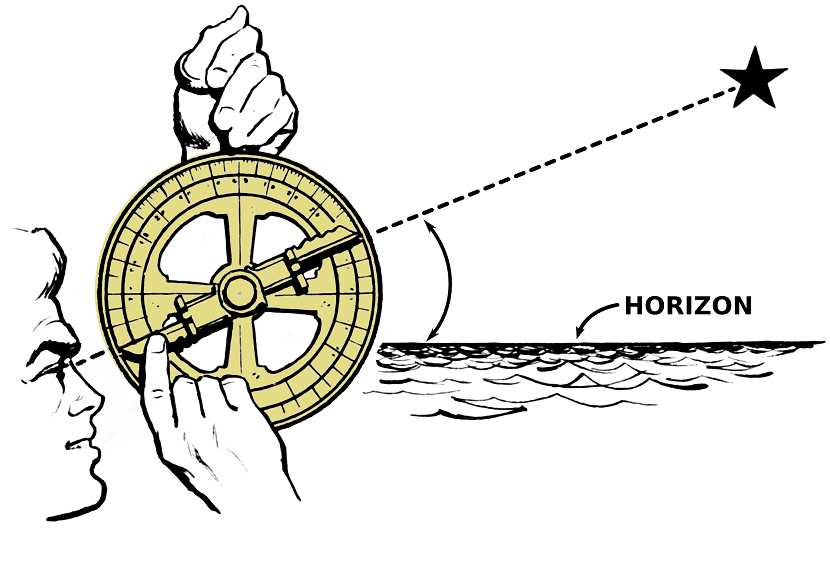
This instrument was not only used to see what was in the sky but also to orient sailors on the high seas. Seeing that this tool had great potential to guide ships through the sea, a version more adapted to the sea was developed. It was quite useful to know the positions and the latitude at which they were. It is as if it were a navigation system but very primitive.
The only problem it presented was that it was difficult to handle and required long learning.
I hope that with this information you can learn more about the astrolabe.